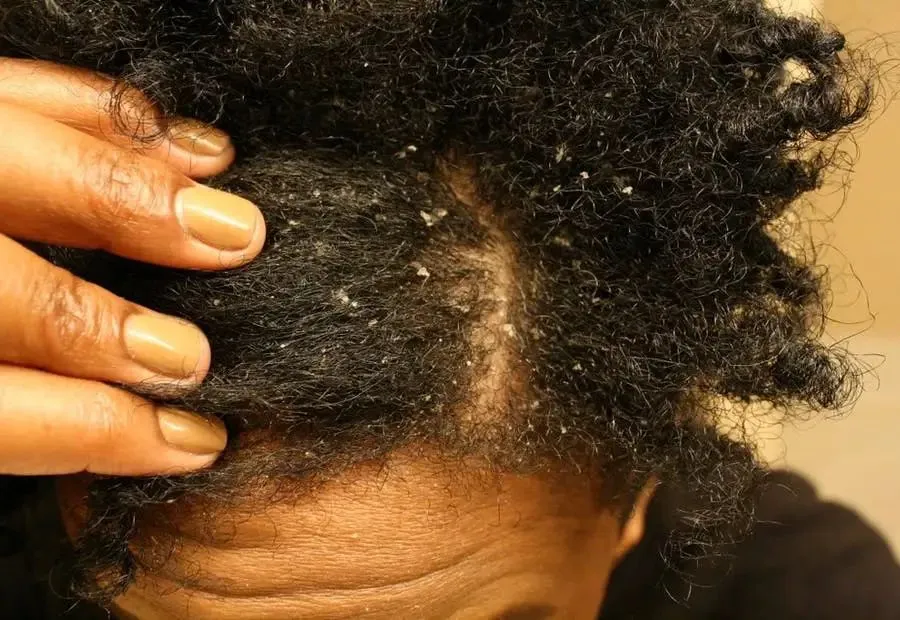Author's details
- Hakim A Abubakre
- BA (Hons) International Business Management, Msc Digital Marketing.
Reviewer's details
- Dr. Khashau Eleburuike
- MBBS (Ilorin) MSc. Global Health Karolinska Institute.
- Resident doctor in family medicine in Northen Sweden.

- Date Published: 2025-08-30
- Date Updated: 2025-08-30
Head Lice (Pediculosis Capitis)
What Are Head Lice?
Head lice are tiny grey-brown insects that live in the hair on the scalp and feed blood from the skin.
- An adult louse is about the size of a sesame seed.
- A nit (egg) looks like a small white or yellow flake attached firmly to the hair shaft.
Head lice are very common in Sub-Saharan Africa, especially among school-age children. Anyone can get them – they are not caused by poor hygiene or dirty living conditions.
Head lice do not spread bacterial or viral diseases. However, they can cause itching, discomfort, and sometimes skin infections from scratching.
How Do Head Lice Spread?
- Mainly through head-to-head contact. A louse can transfer in about 30 seconds.
- Sometimes through sharing combs, brushes, towels, hats, or bedding, though this is less common.
- Lice cannot jump or fly; they only crawl.
- They cannot be caught from animals.
Warning Signs and Symptoms
- Persistent itching on the scalp, neck, and ears (may appear 4–6 weeks after first infestation).
- Tickling feeling of something moving in the hair.
- Lice or nits seen in the hair (nits are often found around the ears and back of the neck).
- Sores or red bumps on the scalp, neck, or shoulders from scratching – these may get infected.
- Difficulty sleeping since lice are more active at night.
Treatment Options
- Medicated Lotions/Shampoos (Pediculicides)
- Permethrin (Nix, 1%) – Common and effective. Apply as directed; repeat after 9–10 days.
- Ivermectin lotion – Approved for children ≥6 months. Single application to dry hair.
- Spinosad – Kills lice and eggs. Approved for children ≥6 months. Usually no repeat is needed.
- Malathion lotion – For children ≥2 years. Applied for 8–12 hours, repeat if needed.
- Tablets prescribed by a physician– Sometimes used when topical treatments fail.
⚠️ Lice in some regions may be resistant to medicines. Always follow instructions carefully.
- Non-Medication Methods
- Wet Combing – Wash hair, apply conditioner, and comb with a fine-toothed lice comb every 3–4 days for 2 weeks.
- Hot air dehydration devices (where available) can kill lice and eggs.
- Cleaning Household Items
- Wash clothes, bedding, and towels used in the last 2 days in hot water and dry in the sun.
- Soak combs, brushes, and hair accessories in hot soapy water.
- Items that cannot be washed can be sealed in a plastic bag for 2 weeks.
- Vacuum sofas, mats, and carpets.
Prevention
Head lice are difficult to prevent in schools and crowded homes, but you can reduce risk by:
- Avoiding head-to-head contact.
- Not sharing combs, hats, scarves, or hair accessories.
- Hanging clothes separately in schools or childcare centers.
- Regularly checking children’s hair during outbreaks.
- Treating all affected family members at the same time.
When to Seek Medical Attention
See a health worker if:
- Treatments fail after two proper attempts.
- There are open sores, pus, or oozing wounds.
- The child has fever, severe itching, or swollen lymph nodes.
- There is concern about possible skin reactions to medicines.
Key Messages
- Head lice are common but harmless – they do not spread disease.
- They are not a sign of poor hygiene.
- Early detection and correct treatment help stop spreading in families and schools.
- World Health Organization (WHO). Head Lice Infestation. WHO Fact Sheet.
- Centers for Disease Control and Prevention (CDC). Parasites – Lice – Head Lice. 2023.
- Ogunlesi TA, Okeniyi JA, Njokanma OF. Pediculosis capitis among school children in Ijebu-Ode, Nigeria. Int J Dermatol. 2009;48(9):957–959.
- Burkhart CG, Burkhart CN. Head lice: Clinical ramifications and therapeutic options. J Am Acad Dermatol. 2005;53(1):129–133.
- Mayo Clinic. Head lice – Diagnosis & Treatment. Updated 2023.
